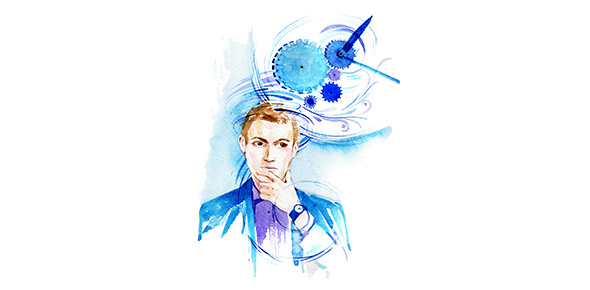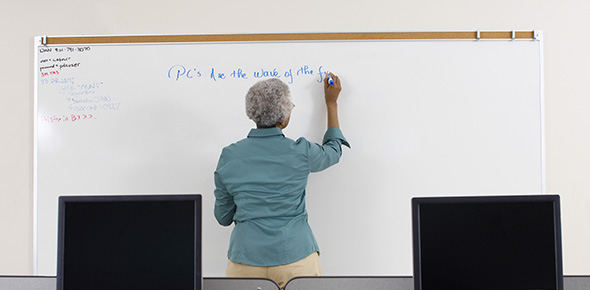Related Flashcards
Related Topics
Cards In This Set
| Front | Back |
|
Autoshaping
|
Movement toward and possibly contact with a stimulus that signals the availability of a positive reinforce, such as food. Also called sign tracking
|
|
Backward conditioning
|
A procedure in which the conditioned stimulus is presented shortly after the unconditioned stimulus on each trial
|
|
Compound-stimulus test
|
A test procedure that identifies a stimulus as a conditioned inhibitor if that stimulus reduces the responding elicited by a conditioned excitatory stimulus. Also called summation test
|
|
Conditional or Conditioned Response (CR)
|
The response that comes to be made to the conditioned stimulus as a result of classical conditioning
|
|
Conditional or Conditioned Stimulus (CS)
|
A stimulus that does not elicit a particular response initially, but comes to do so as a result of becoming associated with an unconditioned stimulus
|
|
Conditioned Emotional Response (CER)
|
Suppression of positively reinforced instrumental behavior (e.g., lever pressing for food pellets) caused by the presentation of a stimulus that has become associated with an aversive stimulus. Also called conditioned suppression
|
|
Conditioned Suppression
|
Suppression of positively reinforced instrumental behavior (e.g., lever pressing for food pellets) caused by the presentation of a stimulus that has become associated with an aversive stimulus. Also called Conditioned Emotional Response
|
|
Conditioning Trial
|
A training episode involving presentation of a conditioned stimulus with (or without) an unconditioned stimulus
|
|
CS-US interval
|
The amount of time that elapses between presentations of the conditioned stimulus (CS) and the unconditioned stimulus (US) during a classical conditioning trial. Also called Interstimulus Interval
|
|
Evaluative Conditioning
|
Changing the hedonic value or liking of an initially neutral stimulus by having that stimulus associated with something that is already liked or disliked
|
|
Explicitly unpaired control
|
A procedure in which both conditioned and unconditioned stimuli are presented, but with sufficient time between them so that they do not become associated with each other
|
|
Inhibitory Conditioning
|
A type of classical conditioning in which the conditioned stimulus becomes a signal for the absence of the unconditioned stimulus
|
|
Interstimulus interval
|
The amount of time that elapses between presentations of the conditioned stimulus (CS) and the unconditioned stimulus (US) during a classical conditioning trial. Also called the CS-US interval
|
|
Intertrial interval
|
The amount of time that elapses between two successive trials
|
|
Latency
|
The time elapsed between a stimulus (or the start of a trial) and the response that is made to the stimulus
|






